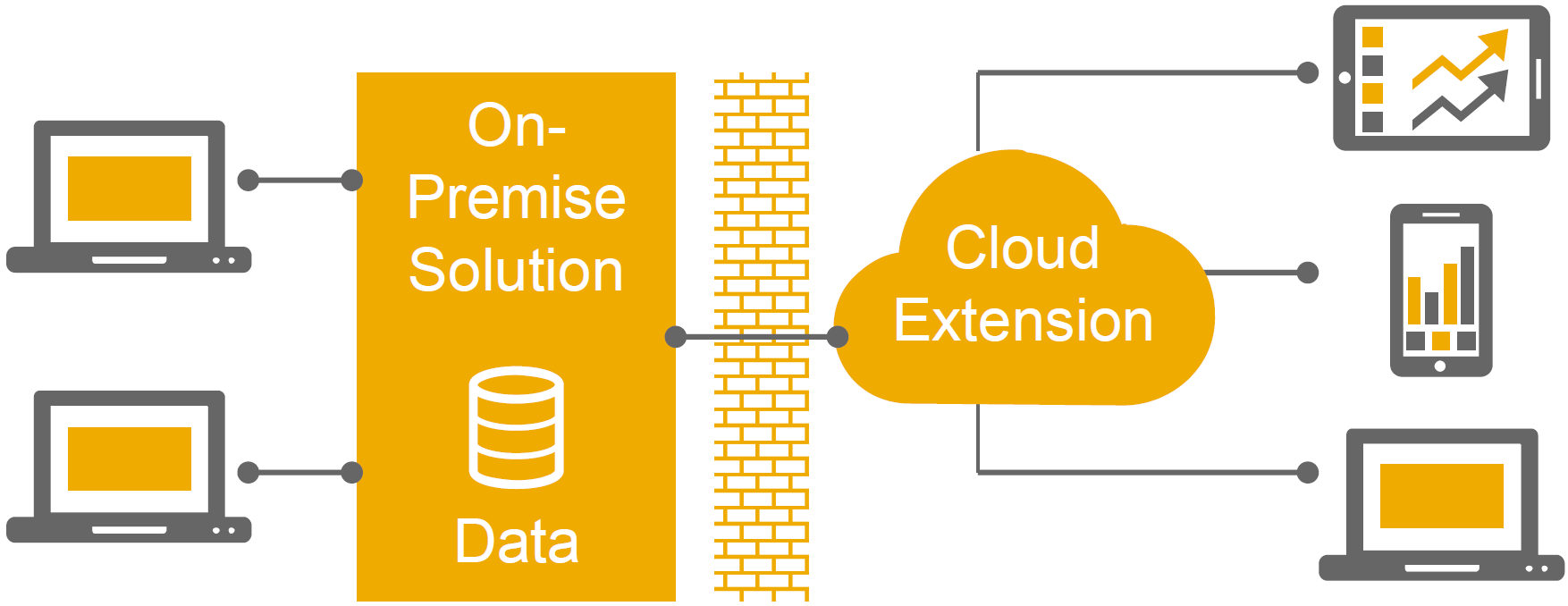Direct selling is the oldest business model as its roots go way back to the emergence of civilization. Thousands of years ago people exchanged their goods directly with individuals and even countries. Almost every town or village used to have a market where salesmen came to present their goods and even provide presentations to convince their customers to purchase their items. It didn’t take long for salesmen to take advantage of transportation methods and started traveling from town to town selling their goods directly to consumers within a big radius. This is one of the cores of direct selling even to this day. The door-to-door salesman of the 1950s was the result of keeping up with the evolution of communities and transportation means.
The internet is considered the most important turning point in direct selling’s history. Direct sellers adopted the newest technologies and trends to ensure that they capture the widest audience and demographic. People can run their business entirely online without the need for old-fashioned door-to-door maneuvers thanks to the internet and social media. Ordering, shipping, reports, income tracking, marketing, and information sharing are all made possible through apps and social media channels. Even though direct selling is a very profitable business module, it comes with its challenges. We’ve collected the top 20 questions you should ask before you venture into direct selling to consumers.
1. Should You Go with On-Premise or Cloud Platform?

On-premise means creating a foundation or infrastructure in addition to hosting and maintenance fees to keep the business operational. It also requires an IT department that’s dedicated to maintaining the hosting health and updating the online infrastructure. As your business expands, the costs of an on-premise platform increase as well. It’s usually not a practical option for entrepreneurs who are still starting without the capital required to invest in such a big infrastructure.
Cloud Platforms are significantly more convenient than on-premise thanks to their standardized costs and the low price of ownership. While you’ll still be responsible for design and development costs, you won’t have to pay for server maintenance, security, payment card industry, and content delivery costs. Cloud-based platforms will help you direct your budget and your employees onto the most important aspects of your business instead of on-premise endeavors.
2. Do You Need More People?
If you already have an IT team, it shouldn’t be a problem to handle the servers internally. Whichever platforms you’re using for direct selling, you can use the services of a professional development agency with enough experience on the platform. You’ll want to see if you have employees who can manage direct selling marketing, customer services, and sales.
3. How to Scale Quickly?

It’s recommended that you go with a platform with dual content distribution to ensure flexibility and quickness when you expand internationally. Your platform should be able to help you scale by launching expansion stores in the targeted areas. Multi-currency features help you bypass a lot of problems if you integrate it into your platform early enough.
4. Should You Outsource or Ship in Bulk?
Bulk distribution is simple, you invest in storage and start manufacturing your own product or ship into your warehouse others’ products. At an early stage of direct selling to consumers, it’s recommended that you take it from the beginning and try to partner with third-party stores or retailers. This lets you gather enough logistic power and shipping capabilities. If you’d prefer to partner with another shipping company, it wouldn’t be hard, especially with ExpandCart’s dropshipping solutions.
5. When Should You Use Free Shipping?
We all know that free shipping isn’t something that can be forced. It’s recommended to follow a gradual curve and try to find the threshold that can help you stay profitable and increase your sales. You can offer customers certain promotions with no shipping fees if they purchase for a certain amount or higher.
6. How to Reduce Returns?
Any store, whether online or retail, expect returns and they’re usually a lot. The problem is returns are higher when it comes to e-commerce. Since consumers are only offered pictures most of the time, sometimes the picture is different from what they had in mind. Sometimes the shipping takes too long and it could damage the item. You can try to do some research to isolate the customers who return the most from promotions and offers to reduce their rate of return. If you’re using a third-party logistics and shipping company, try to arrange a system that reduces the cost by optimizing and tracking the process.
7. Is This a Pyramid Scheme?
Lately, direct selling to consumers has garnered some bad reputation due to the manipulative nature of pyramid schemes that advertised themselves as direct selling companies. DTC, or direct selling to consumers, is dependent completely on the sales of products using the market model specific to the company. Pyramid schemes use a strategy that makes it only profitable when new participants join, which is far different from a DTC business model. A pyramid scheme inherently collapses or implodes when there are no new participants.
8. Is Direct Selling Sustainable?

This is a very valid question for those who are looking to invest time and money in the business module. Southwestern, for example, has been using the DTC model for almost 165 years, and Avon for more than 130 years. It’s clear the direct selling companies not only can create great profits, but they also can be sustainable for very long durations.
9. What are the Most Common Products?
Half of the DTC’s revenue across the world is generated entirely from supplements, food, and beauty products. This doesn’t mean that these products are the only ones that sell; jewelry, spices, books, and many other products and service providers are finding the DTC model perfect for their business. New categories are emerging everywhere and the product selection is becoming more diverse than ever.
10. How Fast Can It Get Profitable?
The best thing about direct selling is that it provides an opportunity for people without a comprehensive or educational background bout marketing and business. A DTC is referred to as a micro-entrepreneurship business model in economic terms. This doesn’t mean that you’re guaranteed to get rich quick but it means that the bar is low for any entrepreneur to be able to take advantage of.
11. Is It Viable as a Career?
Since there are a lot of companies that have been around for many years, it’s certainly possible to make a career either by founding a DTC business or joining one. Unlike pyramid schemes, the time you join a DTC business is irrelevant when it comes to income, except for being promoted.
12. Do I Have a Compensation Plan?
A compensation plan is one of the pillars of any DTC business. It’s the main incentive employees work for. It’s defined as a plan that employees need to adhere to to be able to make a profit. Some are quite complex with certain restrictions and some are straightforward and simple. Usually, the simpler it is, the better.
13. How Much Training Do Employees Need?
Not all DTC companies provide training to their employees. Some employees join the company because they are fans of the product and feel that they’ll be able to make a profit from marketing it while some companies provide training for a variety of products to maximize efficiency.
14. Can You Experiment with DTC?
Selling directly to your consumers doesn’t require large capital which makes it a very viable option for those who would like to test the waters before starting to be committed. You don’t have to restructure your whole logistics and supply plan to test it, but instead, you can conduct small experiments and run the numbers to see if it works out.
15. How to Speed Up the Process?

While it’s always recommended to make sure that you’ve taken care of all the little details before your launch, speeding things up a bit when you’re done should be positive. A cloud-based platform is recommended as they’re specifically made for on-demand orders and quick service. It shouldn’t take longer than two or three months for a DTC business to launch if the APIs, application programming interfaces, are ready.
16. How to Decide When to Launch?
A work schedule should help you decide the perfect time for the launch of your DTC business. Do you have an event like Black Friday that you’d prefer to start with? You should focus on reaching out to the vendors that you’d like to work with, take care of the technicalities, choosing a platform, deciding if you’d partner with a developer, and finally, a project launch date. The earlier you start with experimenting, the better.
17. What is the Best Payment Solution?
If you want to create a new platform, you’ll need to use a third-party payment provider to provide custom payment methods for your custom commerce platform. It will also require a professional to integrate it into your platform and also ensure its constant maintenance. The other solution is using a SaaS-based service, which is short for software as a service. Most of them provide built-in payment methods that are compatible with the majority of payment methods consumers use. You can also choose multi-currency capabilities to future-proof the business when you’re expanding.
18. Can a Platform Become Outdated?
It’s important to be wary of how modern and receptive your platform is to modern e-commerce technology and trends. You can first check if the platform shares a product roadmap which is a visual summarization of the vision and direction of the services you’re going to offer over a timeline. Check how these innovations are going to help you and see if they’re straying away from the main concept of streamlining and deployment.
19. How to Leave Room for Channel Expansion?
In the beginning, it’s okay to focus on a single channel to streamline and optimize your process. You’ll want to make sure that the platforms are flexible across different markets, digital, and physical locations. Your platform will be the core of your omnichannel communication when it comes to the frontend and ordering process, inventory, shipping, and backend communications. Make sure you can sync your prices, shipping orders, products, and other aspects from a centralized hub.
20. What if You’d Like Further Customization on Cloud Platforms?
Most of the SaaS solutions are pretty easy to customize but it’s mainly limited to things like themes and design. If you have the knowledge and experience to work on HTML, CSS, and other template languages, you can further customize your store with the right platform. Some platforms can offer you flexibility with code control on frontend design and software development kits.
Build your online store with ExpandCart to enjoy marketing consultation, 24/7 customer support,
and a full marketplace of apps & services tailored to every eCommerce business.No credit card required and no hidden fees.





